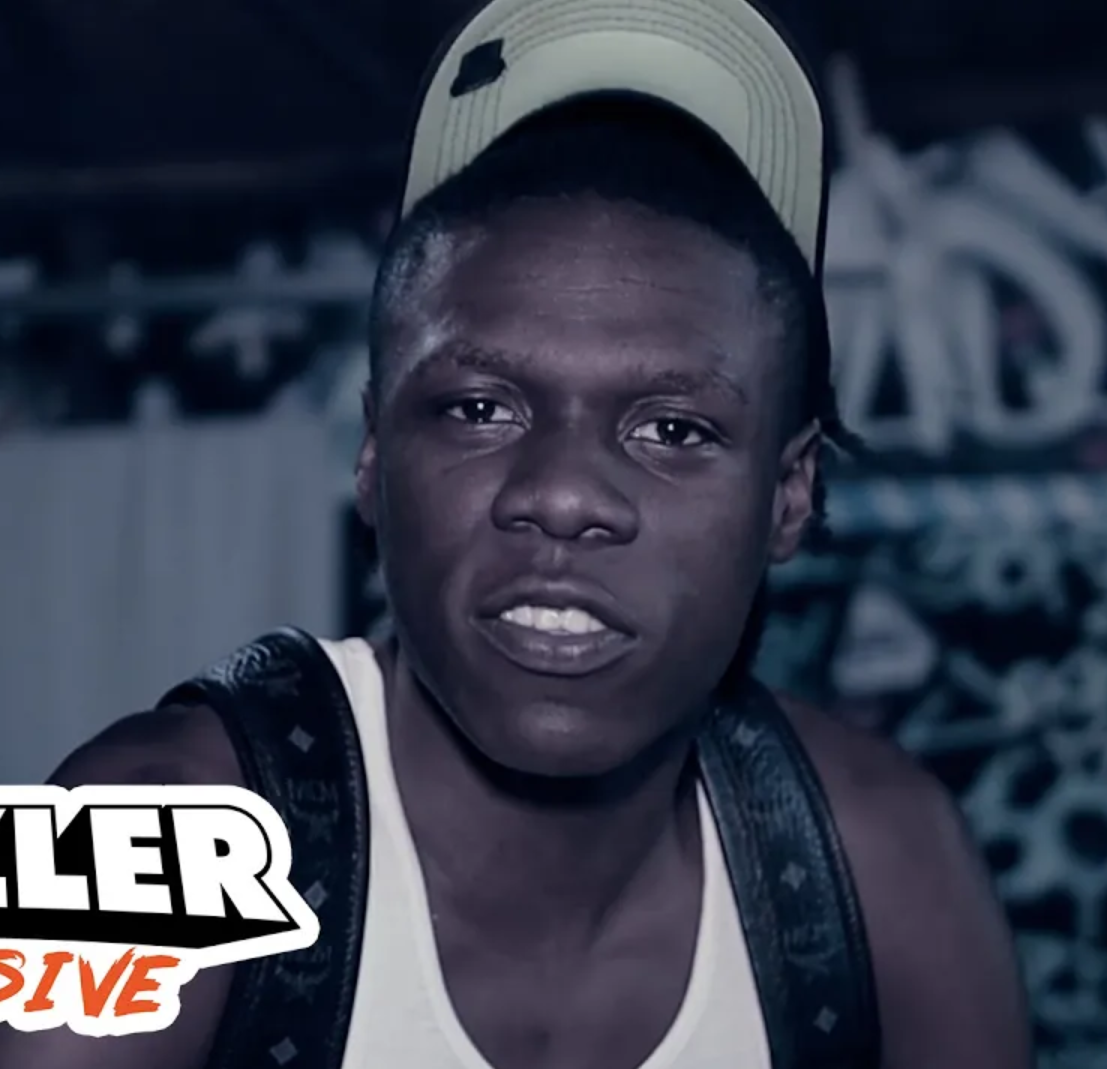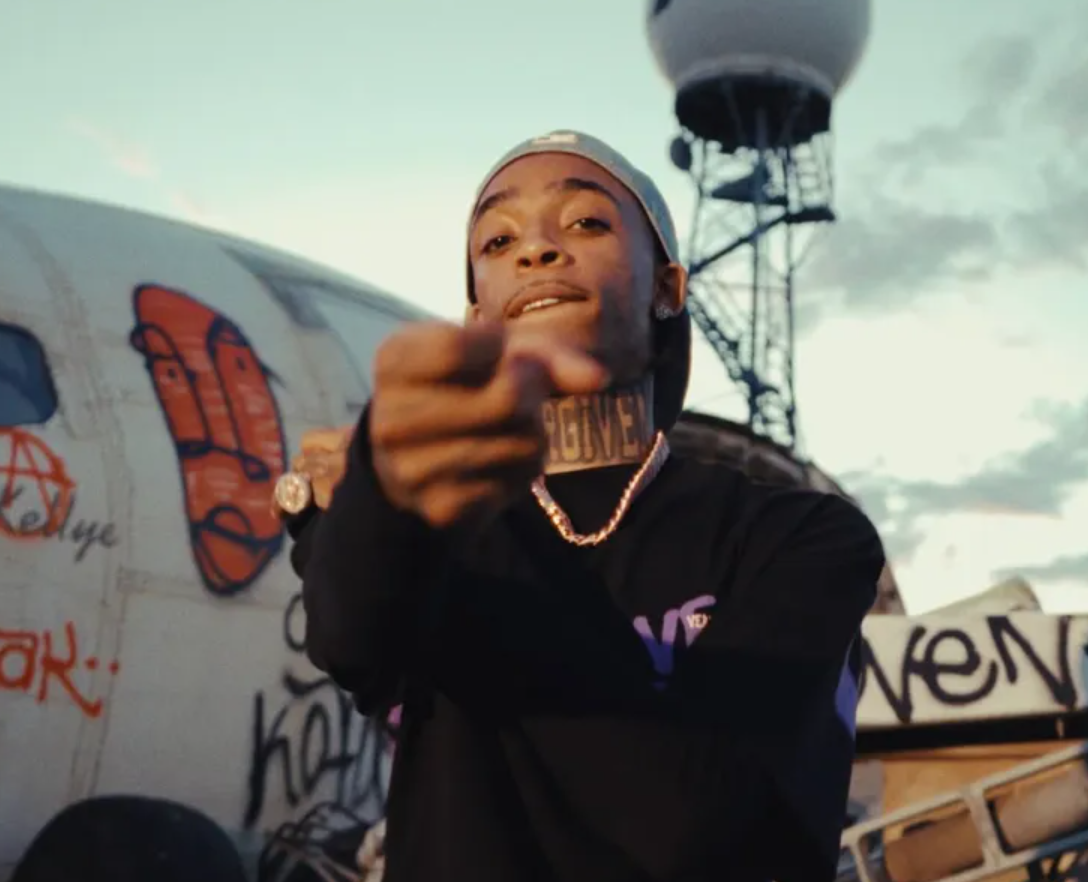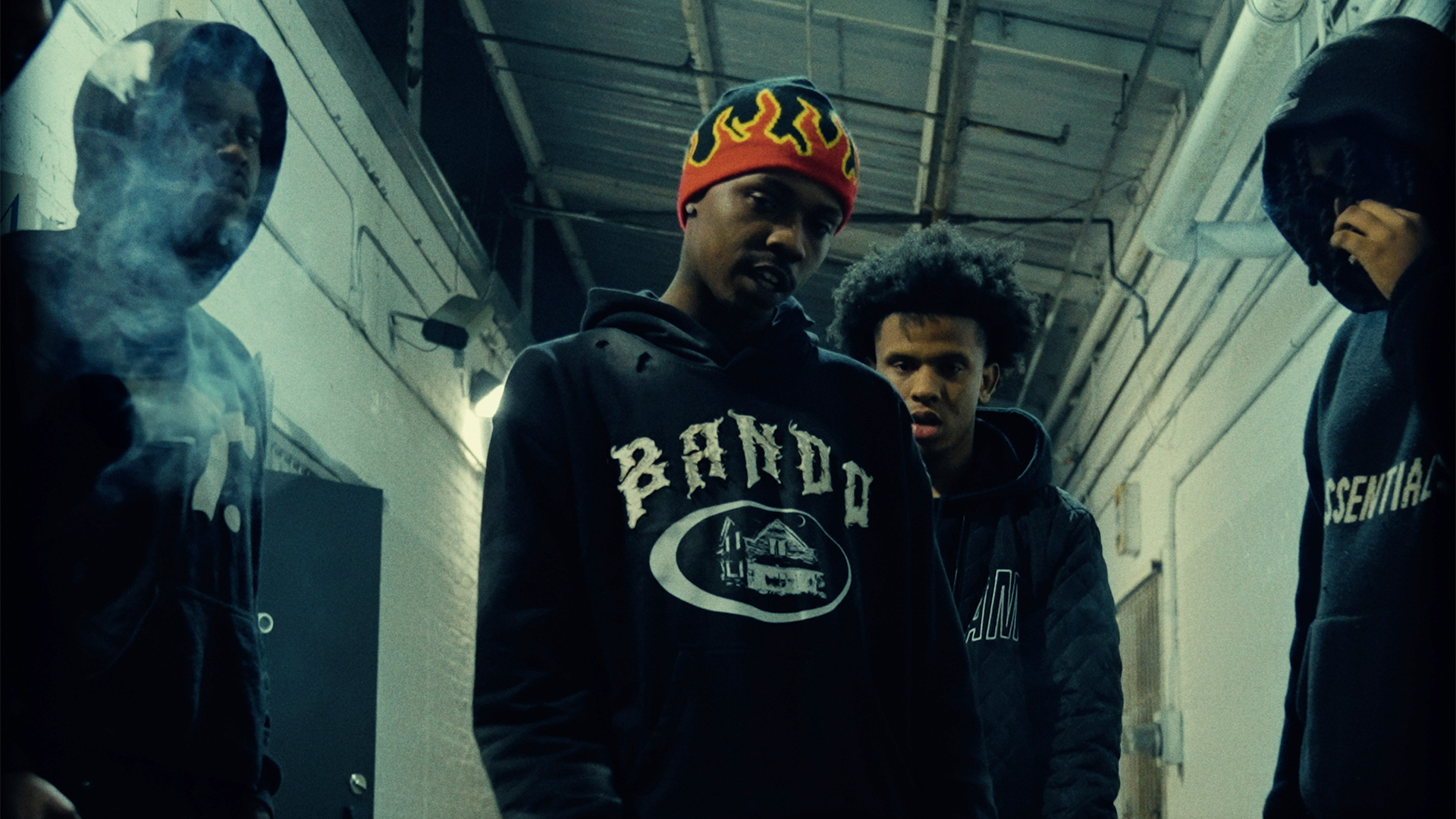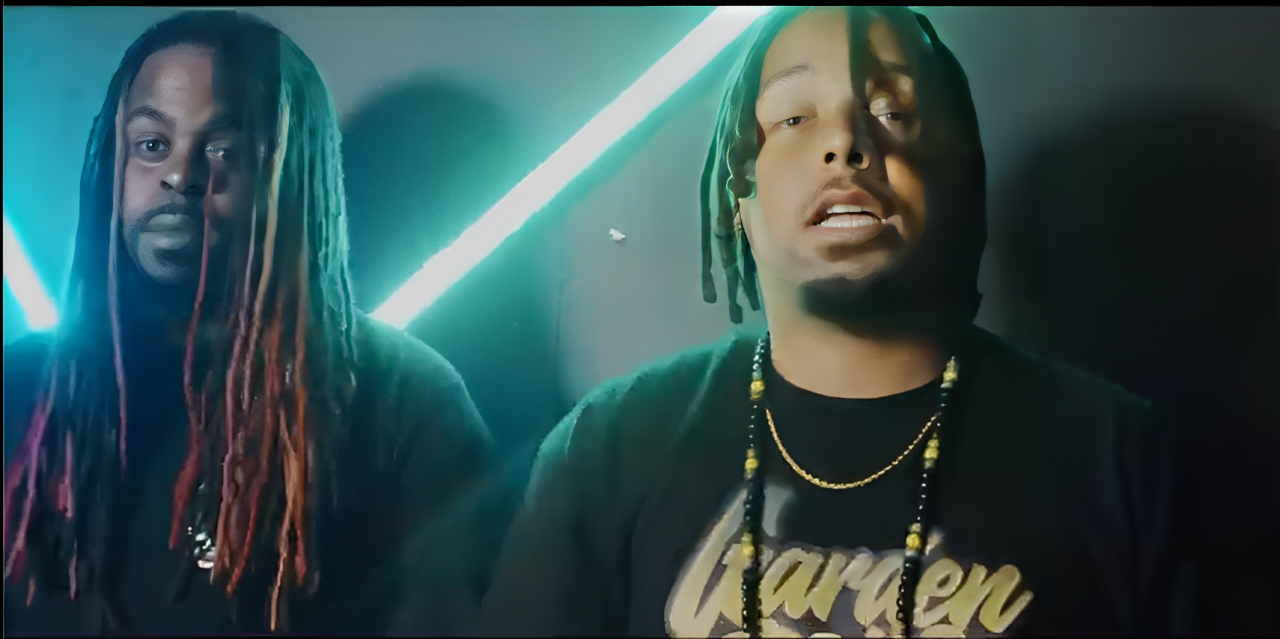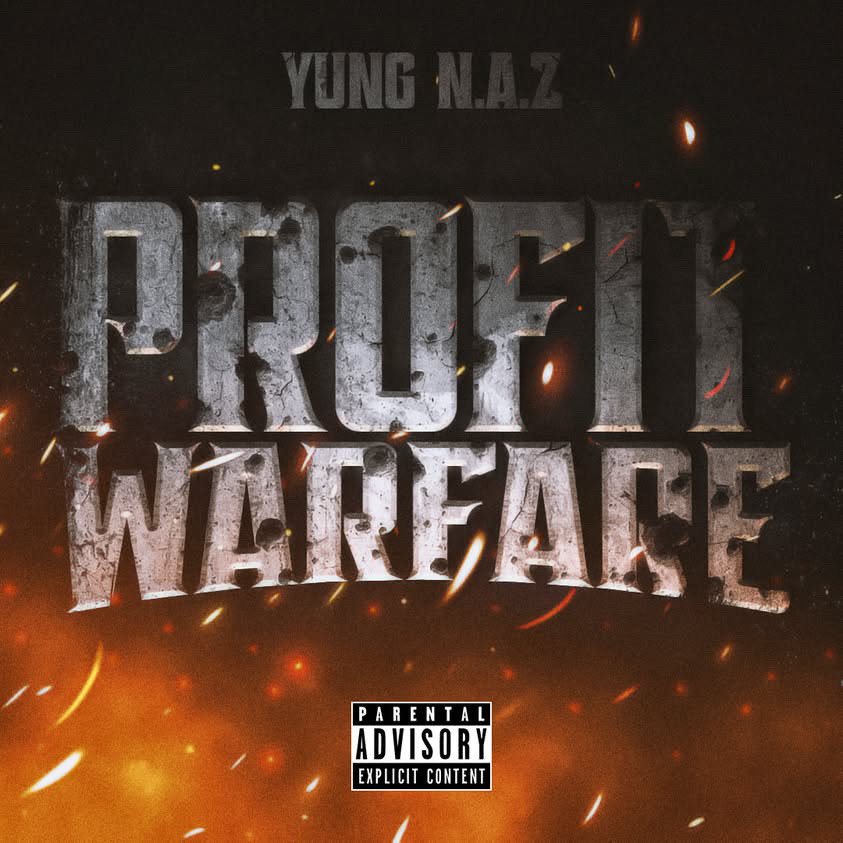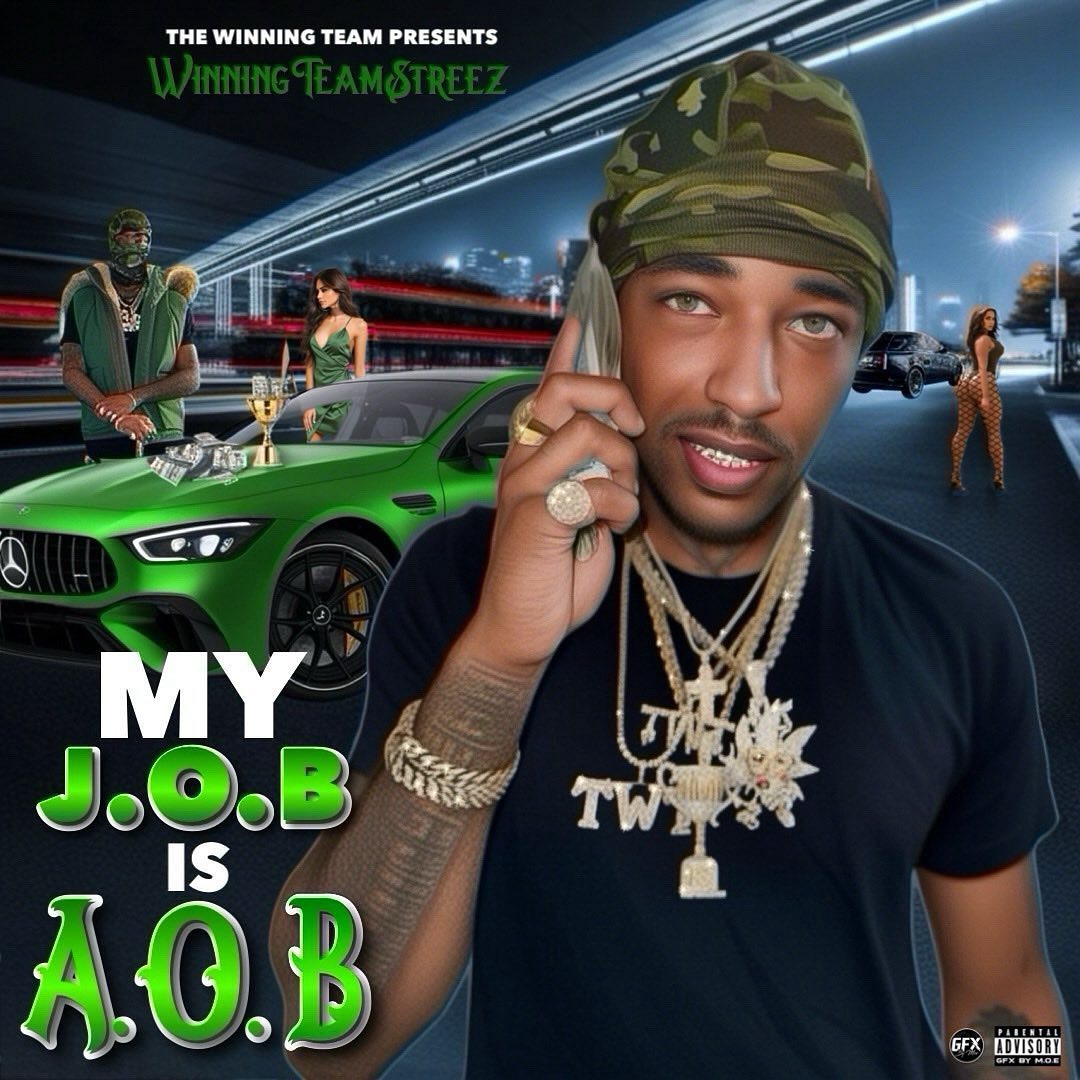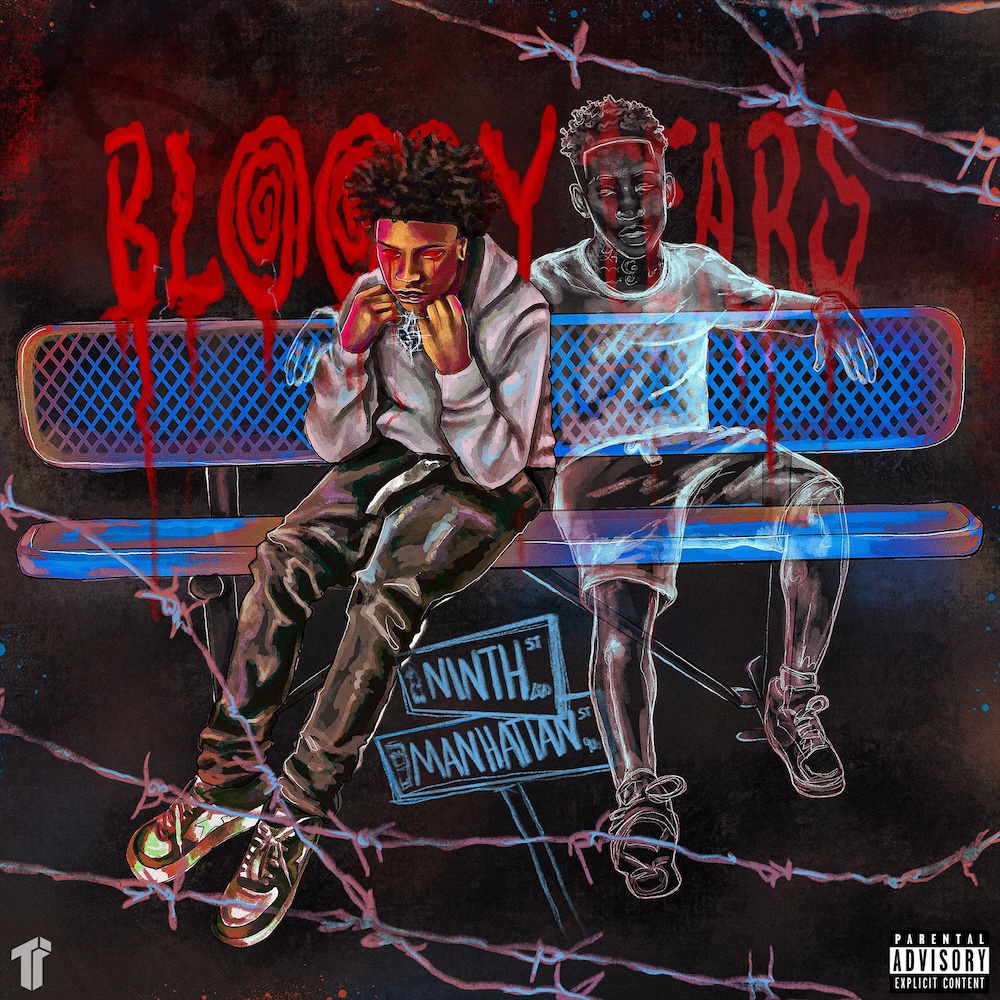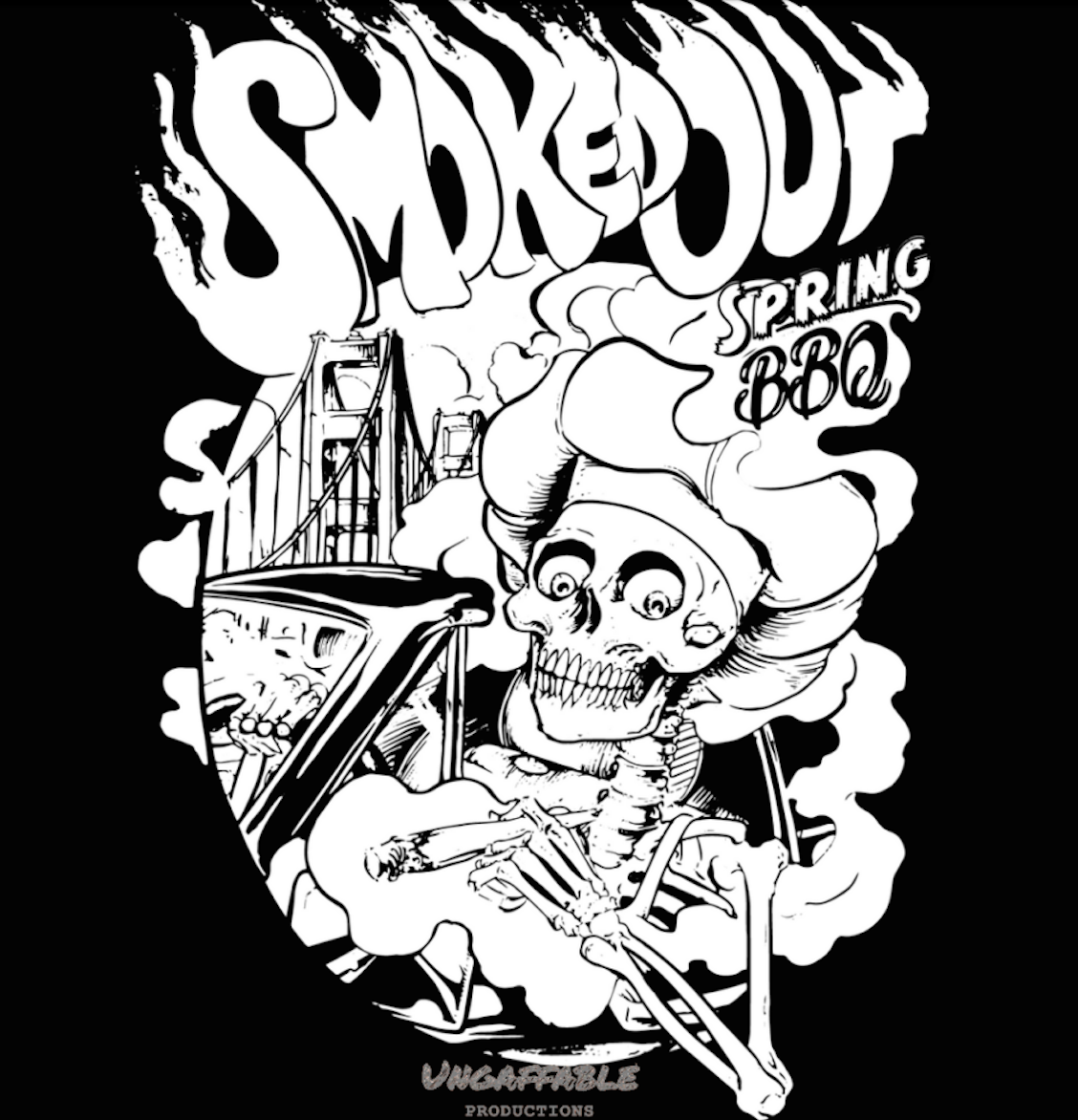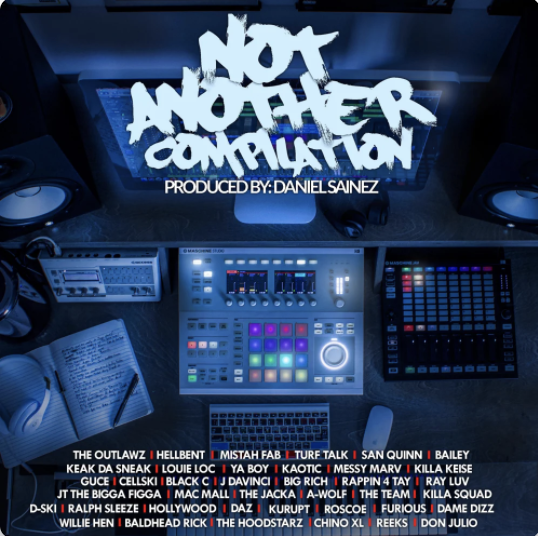
“This is the San Francisco America pretends does not exist.” James Baldwin – 1963 (Take This Hammer)
Hunters Point and the Fillmore neighborhoods of San Francisco have always been epicenters of culture, art and community activism. The history of both districts is filled with racial tension, shady government redevelopment projects, as well as artistic and community movements. Both also serve as blatant examples of redlining and now, gentrification.
The Fillmore, in the 1950s and ’60s, was the center of the Jazz movement on the West Coast. Known as the “Harlem of the West”, the Fillmore was filled with night clubs that brought various major jazz stars and cultural icons such as Ella Fitzgerald, Billie Holiday, John Coltrane, and Louis Armstrong into the city to perform. The Fillmore Auditorium also served as a focal point for the psychedelic music scene and was host to early concerts by Jefferson Airplane and the Grateful Dead.
In the mid-to-late ’80s and early-to-mid ’90s, the Fillmore became a hotbed to the burgeoning Bay Area rap scene and its mobb music. It found pioneers like JT The Bigga Figga, Andre Nickatina, and Rappin’ 4-Tay paving the way for generations of rappers and producers to come. To this day the Fillmore is still producing some of the Bay’s hottest artists, such as Lil Pete, Semiautocec, Bby Laana, and Lil Yee.
Hunters Point was traditionally considered to be one of the most isolated areas of San Francisco. Through redlining, which Wikipedia defines as, “the systematic denial of various services to residents of specific, often racially associated, neighborhoods or communities, either directly or through the selective raising of prices,” and other discriminatory practices, the historically Black neighborhood was abandoned by the City’s government and left to dilapidate. Pollution, substandard housing, declining infrastructure, limited employment, and racial discrimination were notable problems within the district, with many still persisting to this day.
In 1966 a riot broke out in the district after a police officer shot and killed 16-year-old Matthew Johnson after an alleged car theft. The riot would become the worst race-related violence to occur in San Francisco for 90 years. Despite all of this, Hunters Point has been home to some of Bay Area’s most legendary, and innovative artists, with the likes of 11/5, RBL Posse, and Cindy Herron of En Vogue calling HP home.
We had a chance to speak to three of San Francisco’s most legendary emcees for rare and exhaustive interviews. JT The Bigga Figga, Andre Nickatina, and Black C of RBL Posse shared their histories and their invaluable game with us. Check them out in full below!
JT The Bigga Figga
One of the pioneers of the indie hustle on the West Coast, and a product of San Francisco’s Fillmore district, JT The Bigga Figga, also known as Figg Panamera, rose to prominence in the early ’90s. JT founded his own label, Get Low Recordz, in 1991, then released his debut album Don’t Stop Till We Major the next year at the age of 18. The success of the album as well as its first single “Game Recognize Game” led to a bidding war between labels for JT’s signature, which would eventually be won by Priority Records, who signed JT in 1995.
JT has been one of the most unsung yet influential voices and curators of talent in hip-hop. He’s put on major artists and producers such as The Game, and Zaytovan, as well as produced tracks and albums for the likes of Master P, Messy Marv, & Daz Dillinger. He even almost signed The Migos! From 1992 to 2014, Figg Panamera released around 36 albums which boast collaborations with some of rap’s most well known and acclaimed artists such as Juvenile, Mac Mall, Future, Young Scooter. He’s also pioneered his own version of Netflix (Trapflix), bought & developed land in Atlanta and Africa, and has a long history of giving back to the homeless and others in need.
JT’s legacy, influence, and community leadership speak for themselves. A legend in his own right, and a pioneer of the independent hip-hop hustle, JT will forever be recognized in the annals of rap history. Check out our exclusive 6 part interview with JT The Bigga Figga above.
Andre Nickatina
Another indie legend and product of the Fillmore district, Andre Nickatina first popped up in the Bay scene in 1993 as a part of I.M.P. or Ill Mannered Posse under the moniker Dre Dog. After I.M.P.’s first release, Andre left the group to begin his solo career. Andre released two albums as Dre Dog before changing his stage name to the now world-famous Andre Nickatina.
Born the same decade as JT The Bigga Figga, and hailing from the same San Francisco district, Andre’s music contains similar motifs, topics, and concepts. However, their sounds, lyrical prose, and essentially everything else about their art forms is completely different. Andre Nickatina started his own label, Fillmoe Coleman Records, and began releasing and distributing his albums through it. He released the album Cocaine Raps in 1997 to critical acclaim. From 1999 to 2000 Andre released three albums Tears of a Clown, Daiquiri Factory: Cocaine Raps, Vol. 2 (which was unreleased and sold only at shows), and These R The Tales.
All of these albums, as well as 2003’s critically acclaimed Conversations With A Devil and the 25 or so total albums in his catalog, solidified Andre as a mainstay within the West Coast’s underground rap scene. As his notoriety grew, Andre’s lyrical ability drew more and more attention, with some critics comparing him to Kurupt. However, Andre’s music speaks for itself. Moreover, he has a once in a generation voice that is instantly recognizable as soon as you hear it. With witty lines and zen-like confidence, Andre Nickatina’s music is still slapped today by people of all ages and from all walks of life.
Black C
As the mastermind behind the production and much of the success of RBL Posse, Black C put the Hunters Point neighborhood of San Fransisco on the map. Black C came up, in his own words, gang banging and slanging on his block. Even getting in so deep that he lost his eye in a drive-by shooting. Best known for the singles Don’t Give Me No Bammer Weed, Blue Bird & Bounce To This, RBL Posse is another iconic San Francisco group.
Ruthless By Law, the groups sophomore effort, was released in 1994 to even more success than their previous release, peaking at #23 and even reaching the Billboard 200 chart at #197. Their sales were through the roof, and industry heavy hitters were beginning to take notice. So Big Beat, a subsidiary of Atlantic Records signed the group in 1995. However, before an album could be released on the label, Mr. Cee, the groups main MC was shot and killed in Hunters Point. For Black C the murder was shocking and sent him into a depression. “I was shut down. I ain’t even gonna lie. I was in a shell. I didn’t know what to do. I was about to give up. I didn’t want to do nothin’.”
The impact that Black C and RBL Posse had on San Francisco, and the hip-hop community in general, is undeniable. Through the release of their first album A Lesson to Be Learned, the group introduced San Francisco and more specifically Hunter’s Point to the world. Before RBL Posse, the Bay Area rap scene was primarily seen as coming out of Vallejo and Oakland, with San Francisco being viewed more as a tourist destination than a hotbed for the region’s hip-hop movement. Additionally, with Black C’s shrewd business prowess, a blueprint had been laid for future generations of independent artists to follow. Today Hunter’s Point artists such as Larry June, Drew Beez, Prezi and countless others are continuing the legacy of RBL Posse.
Without artists like JT The Bigga Figga, Andre Nickatina and Black C, Hunters Point and the Fillmore may have never been recognized by the worldwide hip-hop community. These artists forever changed the hip-hop landscape through determination, hard work, and innovative business practices that showed future generations that they did not have to sign to major labels to be heard. And they proved that the most important thing is cultivating your community in such a way that everyone can thrive.
You can keep up with all of our interviews and original content by subscribing to the Thizzler TV YouTube channel!



